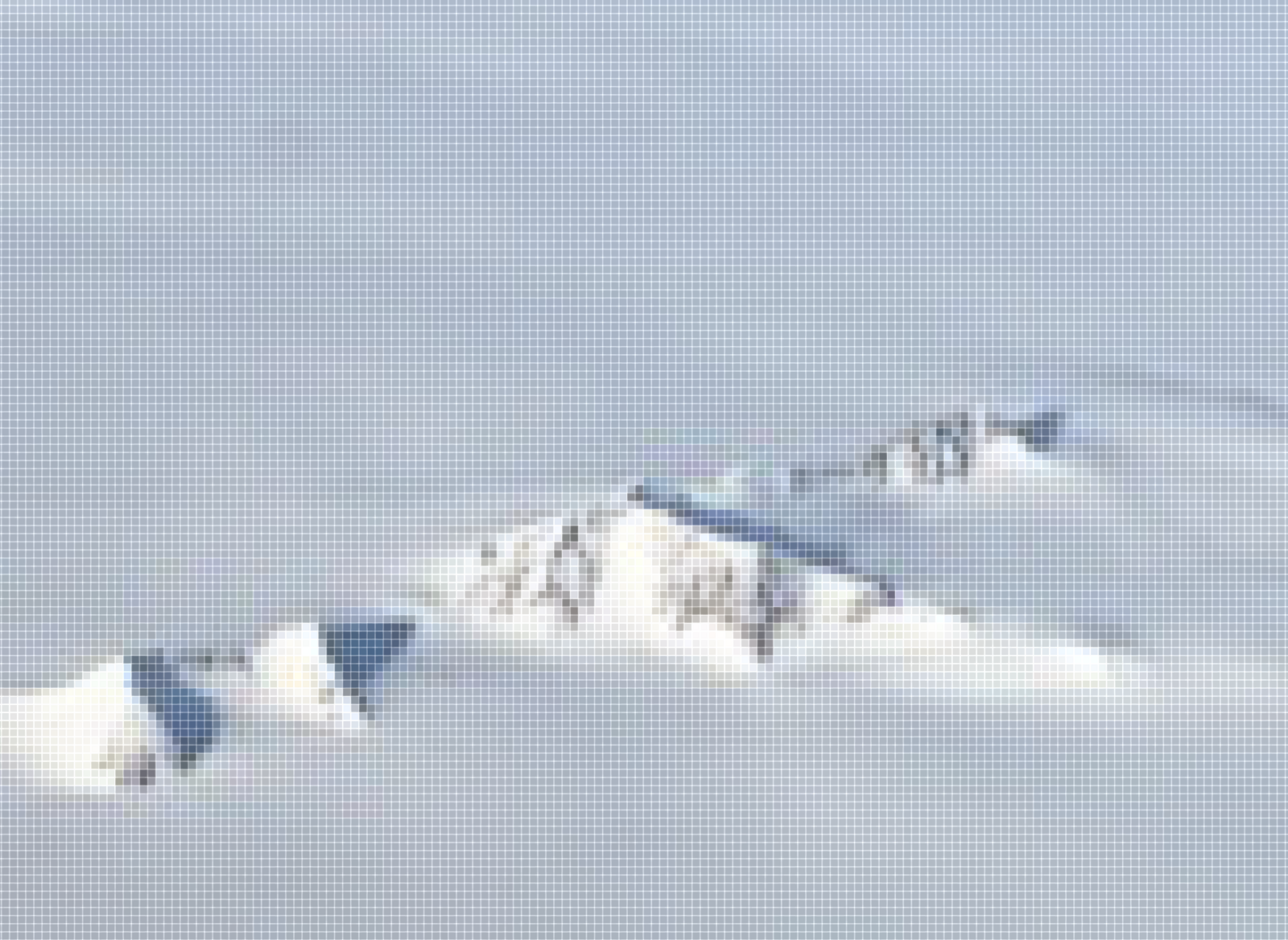Unlike the enduring half-life of radioactive materials whose toxicity lasts for thousands of years, evanescent clouds in the sky are the embodiment of impermanence and ephemerality. The proliferation of anthropogenic clouds such as airplane contrails, nuclear mushroom clouds, and factory smoke in the atmosphere has been integral to the history of human-induced climate change. They contribute to the greenhouse effect by trapping heat, and the rising temperature of the planet in turn dissolves the low-hanging stratocumulus clouds in the subtropics that offer shade and cool down the earth’s surface. Caught in the feedback loop of global warming, clouds are one of the most uncertain factors of climate change.1
Among the various types of anthropogenic clouds, mushroom clouds that form in the sky after atomic bomb explosions are arguably the most spectacular. Photographs of mushroom clouds towering above the cities of Hiroshima and Nagasaki in August 1945, or those covering the sky above Bikini Atoll in July 1946, have been firmly yoked to popular and scientific Cold War discourses on the stockpiling of nuclear weapons, the climate change scenario of so-called “nuclear winter,” and the geological scale of enduring radioactive debris that accumulate in the water, soil, and air. Yet despite the prevalence of nuclear mushroom cloud photography, these types of clouds have been conspicuously absent in the authoritative publication that has set the international standard of cloud observations for expert and amateur cloud watchers for more than a century.
Classifications are an essential component of knowledge infrastructures, which generate and maintain social orders. These classificatory systems of “sorting” things and people not only shape and condition social and political dynamics, but also communicate their underlying epistemic assumptions. According to Geoffrey Bowker and Susan Leigh Star, “each standard and each category valorizes some point of view and silences another.”2 To analyze the taxonomic practice of classifying clouds, then, is to unearth these silences embedded in organizational logic and standards.
To this day, clouds, like plants and animals, are classified into genera, species, and varieties based on Linnean taxonomic schema, the most salient example of which is a series of publications known as the International Cloud Atlas published by the World Meteorological Organization. Cloud atlases—like other naturalist catalogues and field guidebooks— offer a set of illustrations and a system of classification for the purpose of observing and identifying clouds. Photography has been central to this genre since the publication of its first edition in 1896.3 The latest 2017 edition of the International Cloud Atlas adds a new category, “homogenitus,” and includes photographic specimens of anthropogenic clouds such as contrails and clouds generated by industrial plants.4 However, like its earlier editions, this version does not reference nuclear mushroom clouds.
The classificatory practice of sorting ephemeral clouds has long been a fraught project, as their shape-shifting tendency troubles the taxonomic logic of fixing types. Separating genera of clouds from species of clouds, and species from varieties based on their morphological or evolutionary traits is not an easy task.5 The same cloud can easily jump from one classificatory category to another in a matter of seconds, and unlike animals and plants, individual cloud “specimens” are difficult to pin down and fixate in definitive terms. While the atlas retains the hierarchical order of Linnean taxonomy and its reliance on binominal nomenclature in Latin, the entry of anthropogenic clouds into the natural-historical domain of the cloud atlas unsettles its epistemic ground. Photographic images of mushroom clouds point to these tensions inherent in the natural historical practice of classifying cloud types.
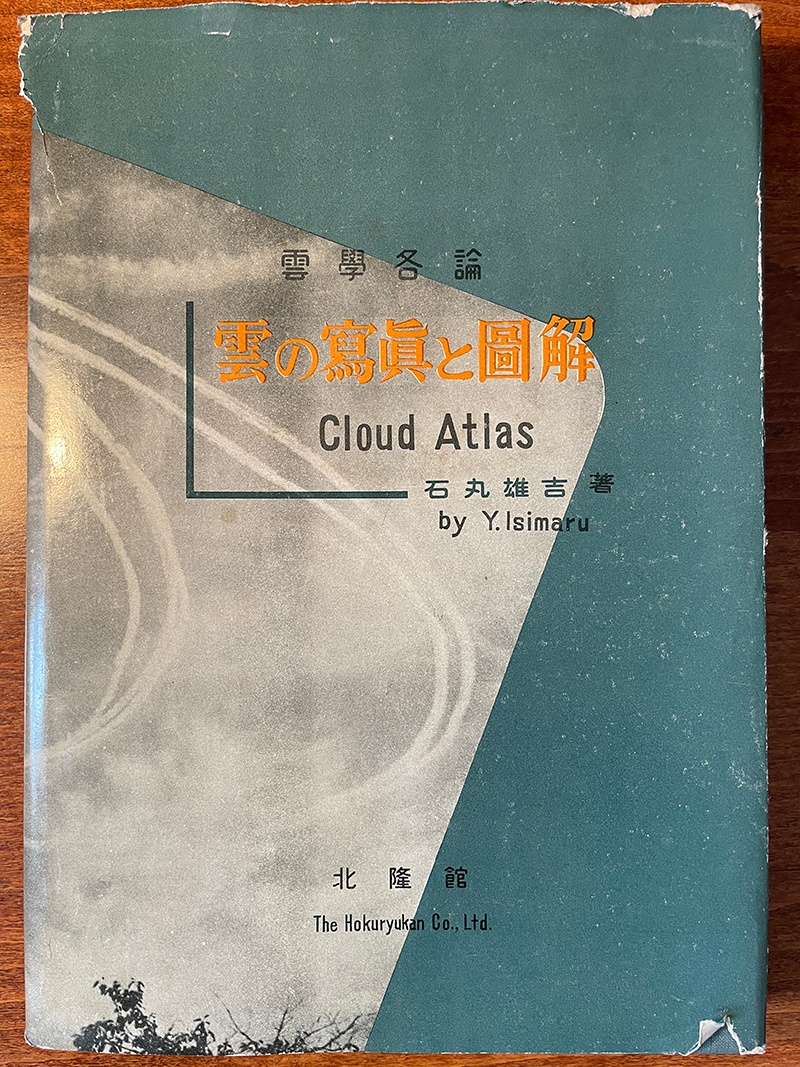

Cloud Atlas by Ishimaru.
Geopolitics of Cloud Atlases
The accumulation of anthropogenic clouds in the sky invites us to think critically about the classificatory orders of nature in relation to the concrete geopolitical history of anthropogenic weather and climate. Take, for instance, a pair of cloud atlases published at the height of the Cold War in the 1950s: International Cloud Atlas (1956) by the World Meteorological Organization, and Cloud Atlas (Kumo no shashin to zukai, 1954) by Japanese meteorologist Ishimaru Yūkichi.6 While the Japanese atlas references mushroom clouds resulting from nuclear explosions, the English one explicitly omits it. One might also expect to see photographic examples of mushroom clouds originating from the bombings of Hiroshima and Nagasaki in Ishimaru’s Cloud Atlas. But instead, the book includes the black and white photograph of the mushroom cloud towering above Bikini Atoll during American nuclear weapons testing from Operation Crossroads on July 25, 1946, classified under the miscellaneous category of “special clouds.”
While the mushroom cloud photographs included in the Japanese Cloud Atlas may unsettle the assumption that clouds are natural, this inclusion is not free of its own violence. Ishimaru’s description of the mushroom cloud photograph from Operation Crossroads includes the following note: “Even though this is [an example of] an anthropogenic cloud, this unimaginable sight makes me wonder about the incredibly calamitous space beneath it.”7 Ishimaru’s text hints at the violence of the atmospheric nuclear weapons testing, but his ultimately reduces this photographic document to a mere specimen of a cloud type. Its inclusion thus falls short of addressing the imperial and colonial origins of this particular type of anthropogenic clouds.8 9
The omission of mushroom clouds in the International Cloud Atlas and its inclusion in Ishimaru’s Cloud Atlas are each problematic in their own ways. To ignore them completely erases the history of the nuclear arms race and how it affected the perception of clouds in the sky. But we should also question Ishimaru’s decision not to include the photographs of mushroom clouds from Hiroshima and Nagasaki. The absence of these iconic photographs associated with the war suggests that he may have thought that it would be too violent to reduce these records of atrocity to typical specimens of a special cloud. However, if such an ethical concern was behind Ishimaru’s decision to choose the mushroom cloud at Bikini Atoll as an example of a “typical” mushroom cloud, it is clear that this care was not extended to the Indigenous Marshallese people who were forced to leave their homes on Bikini Atoll and subjected to the slow violence of radiation.
Behind the two publications thus lies a complex history of geopolitical realignment of two imperials states—Japan and the United States—which competed to exert dominance in the Pacific at the expense of Indigenous Pacific Islanders. American nuclear imperialism over the Marshall Islands came after centuries of colonial occupations by Spain, Germany, and Japan. In the late nineteenth century, Japanese trading companies and Japan’s Imperial Navy began to view the Pacific Islands of Micronesia as an emerging new market and a potential colony. In 1885, Germany annexed and colonized the Marshall Islands, while Spain held Palau, Caroline, and Mariana Islands. After the Spanish-American war in 1898, the United States annexed the island of Guam, the southernmost island of the Mariana Islands, along with the Philippines. Spain then sold its Micronesian territories to Germany. During World War I, Japan took control of the German colonies of Micronesian islands, including Palau, Caroline, Mariana, and Marshall Islands, and governed them under the League of Nation’s mandate until 1945.10
After the end of World War II, the United States took over this administrative role from Japan. Centered around the American colony of Guam, these Pacific Islands became strategic military outposts and sites of nuclear weapons testing for the United States. Until the end of the 1970s, they were administered as what was called the “Trust Territory of the Pacific Islands” by the United States, who governed them on behalf of the United Nations. Today, Mariana Islands hold the status of commonwealth of the United States, while other islands in Micronesia have gained sovereignty as republics or federated states. Guam, however, remains in possession of the US under the legally ambiguous category of an “unincorporated territory.” Its residents are American citizens, but they do not have access to full constitutional rights as citizens, including the right to vote in presidential elections.


Runit Dome. Source: Wiki.
Liberated from Japanese occupation at the end of World War II, the people of the Marshall Islands were immediately subjected to American imperialism, which turned their islands into testing sites for global nuclear arms race. Today, more than a half century later, a concrete tomb containing radioactive waste from American weapons testing sits on Enewetak Atoll in the Republic of the Marshall Islands.11 This gigantic architecture, known as Runit Dome, is a containment structure that “holds over 100,000 cubic yards of radioactively contaminated soil and debris” produced by American nuclear weapons tests. Due to the high subsurface level of plutonium, the island remains uninhabited and “indefinitely quarantined.”12 Yet as the dome becomes slowly submerged in water due to the rising sea levels, its walls have begun to crack.13 Runit Dome therefore not only reminds us of the physical devastation caused by anthropogenic radiation, but also the threat of anthropogenic climate change and its attendant rising sea levels that threaten the future survival of island nations.
These irradiated islands and atolls were the testing sites not only for the American military, but also for American ecologists. Elizabeth DeLoughrey and Barbara Rose Johnston show that American military and scientific researchers treated the Marshall Islands as a nuclear laboratory for ecosystem ecology and human biology. American ecologists traced “the movement of radioisotopes in the environment and food chain,” including their presence in “lagoon sediments, coral reefs, and reef fish,” which led to the new field of ecosystem ecology. This knowledge of the radioecological effects of nuclear weapons tests on the marine and terrestrial environments of the Marshall Islands was withheld from public knowledge throughout the Cold War, and was kept hidden from the Marshallese people until “an Advisory Commission on Human Radiation investigation forced bilateral disclosure to the Marshall Islands Government in the 1990s.”14
The twin development of ecosystem ecology and nuclear weapons testing also brought meteorologists into the orbit of Cold War climate science. While the scientists who developed atomic bombs initially anticipated the fallout to be localized, they quickly realized that the radioactive fallout spread widely, and thus began tracking down the paths of radioactive particles released from the bombs into the atmosphere at high altitudes. From this research emerged an understanding of the planetary complexity of atmospheric patterns.15 Atmospheric research on radioactive fallout in the 1950s, for instance, paved the way for the study of the so-called “nuclear winter” in the 1980s.16 The 1950s was also the time when scientists began grappling with the idea of global warming caused by greenhouse gas emissions.17 It is perhaps no coincidence, then, that one of the scientists involved in these debates on nuclear winter scenarios was Paul Crutzen, the atmospheric chemist who is most known for popularizing the concept of the Anthropocene.18 Our understanding of the current state of anthropogenic climate change is firmly rooted in Cold War research.
The Epistemic Violence of Classification
Multiple forms of violence are embedded in mushroom cloud photographs: the epistemic violence of treating these photographs simply as typical specimens in cloud taxonomies, as well as the physical violence against the Marshallese people who were forcibly relocated, irradiated, and later treated as test subjects of nuclear and ecological experiments. Cutting across these seemingly incompatible registers of violence lies the problem of classification. When anthropogenic clouds are included in the taxonomic register of cloud atlases, as in the case of Ishimaru’s Cloud Atlas, they challenge and unsettle underlying assumptions of nature. These technologically induced clouds also allow for a critical perspective on a similarly unsettling category: that of the human itself, which is at the center of current discourse on anthropogenic climate change.
The adjective anthropogenic means something originating in human activity, as in the case of anthropogenic climate change. Etymologically, it is related to anthropogeny and anthropogenesis, both of which pertain to biological and anthropological studies of human origins. The anthropogenic as a category, then, is inseparable from the question of “origin” as well as that of the “human,” including narratives of the beginning of the proposed geological epoch of the Anthropocene. And for many critics, the categorical ambiguity of the human species that defines the Anthropocene by operating at the scale of deep time poses a conceptual and political challenge. Dipesh Chakrabarty, for instance, has famously argued that the Anthropocene blurs the boundary between natural history and human history.19 Similarly, Kathryn Yusoff takes issue with the universalizing logic of the concept of the Anthropocene, which flattens the impact of humanity on the geophysical fabric of Earth to the biological species-being of the abstract human who stands outside nature.20 The proliferation of anthropogenic clouds as one of the global markers used to demarcate the classificatory unit of the Anthropocene also blurs the boundary between natural history and human history, and thus fortifies the perceived exceptionalism of the human as a species.
Here it is worth recalling that the history of classifying human species itself has always been political, marked by the silences and epistemic assumptions that have contributed to claims of a racial hierarchy that marked Euro-American scientific racism of the nineteenth century. The question of anthropogenesis, and whether human species had a single common origin or multiple origins, was hotly debated by racist natural scientists in the nineteenth century. Some argued that different races are descendants of different species of the human, a position taken by polygenesists, while others like Charles Darwin argued for the monogenesis or the common origin of human species. This is when the contested notion of “race” as a variety of human species emerged. As Kim Tallbear reminds us, the racist assumptions of these debates about the origin of human species are still present in today’s genomics, and its extractive practice of collecting and analyzing the genetic data of Indigenous peoples.21
This critique of classification can be pushed one step further by returning to the contested beginning date of the Anthropocene. Geologists divide and classify the deep history of Earth into different geologic periods. In the early 2000s, Paul Crutzen set the putative “beginning” of the Anthropocene to the onset of industrial revolution, though other scholars turned to the stratigraphic marker of anthropogenic radiation released and accumulated from nuclear weapons tests since 1945.22 But others argue for a different beginning of the Anthropocene. Geographers Simon Lewis and Mark Maslin, for instance, propose 1610 as a possible beginning.23 They argue that the anthropogenic impact on the planetary climate and biospheres began with the European colonization of the Americas and transatlantic slavery, which generated the extensive displacement of human and non-human species across the continents and oceans and led to the “observed decline in atmosphere CO2” as forests, grasslands, and savannas regenerated without the presence of the Indigenous peoples to cultivate and tend to the lands.24 Following Lewis and Maslin, decolonial scholars Heather Davis and Zoe Todd contend that choosing either 1610 or 1964 as the beginning date of this new geological epoch of the Anthropocene is political insofar as it generates politically different perceptions of a certain group of humans as the planetary agent of climate change.25
The entry of mushroom cloud photographs into cloud atlases in the 1950s offers an opportunity to rethink the categorical uncertainty of the Anthropocene in relation to the reconfiguration of imperialism in the Pacific—from Japanese to American—in the twentieth century. This shift in the geopolitical landscape of the Pacific took place alongside the emergence of anthropogenic radiation that reshaped the planetary biosphere and devastated many lives of the Indigenous people in the Republic of the Marshall Islands. Anthropogenic clouds, in this sense, are deeply geopolitical.
Photographs of nuclear mushroom clouds are some of the most recognizable images of the twentieth century. We usually associate these images of enormous cumulus clouds with nuclear physics and warfare, but not with natural history and its collections of taxonomized specimens. At first glance, photographs of anthropogenic mushroom clouds, born out of nuclear fission experiments in the laboratory, may appear distant from the photographs of clouds that naturalists and meteorologists have long admired, keenly observed, and classified. Yet these two kinds of clouds are inextricably linked.
Seen through the lens of cloud taxonomy, the classificatory ambiguity of anthropogenic clouds and their continuing accumulations in the Anthropocene come into clear view. If the accumulation of anthropogenic elements ostensibly defines the Anthropocene, the classificatory practice of demarcating this geologic period from the preceding ones—just like the seemingly innocuous act of taxonomizing clouds—hides the epistemic violence of classification and its geopolitical biases. The photographs of mushroom clouds in the Japanese cloud atlas of the 1950s remind us, then, that the epistemic violence of classification and the accumulation of anthropogenic radiation are two sides of the same coin of the Anthropocene.
Tapio Schneider, Colleen M. Kaul, and Kyle G. Pressel, “Possible climate transitions from breakup of stratocumulus decks under greenhouse warming,” Nature Geoscience, no.12 (2019): 163-167.
Geoffrey C. Bowker and Susan Leigh Star, Sorting Things Out: Classification and Its Consequences (Cambridge: MIT Press, 1999), 5.
The first International Cloud Atlas was compiled by Swedish meteorologist Hugo Hildebrand Hildebrandsson, Swiss meteorologist Albert Riggenbach and French meteorologist Léon Philippe Teisserenc de Bort for the order of the International Meteorological Committee (which later became the World Meteorological Organization). Lorraine Daston, “Cloud Physiognomy,” Representations 135, no. 1 (2016): 45-71. More on the genre of scientific atlases, see Lorrain Daston and Peter Galison, Objectivity (New York: Zone Books, 2007). See also, H. Hildebrandsson, A. Riggenbach, and L. Teisserenc de Bort, International Cloud-Atlas (Paris: Gauthier-Villars et Fils, 1896).
“Homogenitus,” International Cloud Atlas: Manual of the Observation of Clouds and Other Meteors, World Meteorological Organization, ➝.
As Lorraine Daston writes: “Species evolve over epochs and eons; clouds evolve over minutes and seconds.” Daston, “Cloud Physiognomy,” 49.
Ishimaru Yūkichi, Cloud Atlas: Kumo no shashin to zukai: Kumogaku kaku ron (Tokyo: The Hokuryukan Co. Ltd., 1954), 2. The English title Cloud Atlas appears on the cover of the book, and hence I use this English title.
Ishimaru, Cloud Atlas, 248.
His description of the mushroom cloud photograph from Operation Crossroads includes the following note: “Even though this is [an example of
an anthropogenic cloud, this unimaginable sight makes me wonder about the incredibly calamitous space beneath it.” But his reference to the destructive force of the atomic bomb ends there. Unable to reveal the slow violence of radiation, Ishimaru’s text risks reducing this photographic document to a mere specimen of a cloud “type.” Ishimaru, Cloud Atlas, 248.
More on this history, see Mark R. Peattie, Nan’yō: The Rise and Fall of the Japanese in Micronesia, 1885-1945 (Honolulu: University of Hawaii Press, 1988). On the militarization of the US controlled territories in the Pacific, including Guam, see Jodi Kim, Settler Garrison (Durham: Duke UP, 2022).
The 2020 Report to Congress by the Department of Energy states: “The Runit Dome is a containment structure on Runit Island, located on Enewetak Atoll. Enewetak Atoll is a former U.S. atmospheric nuclear weapons test site located in the Republic of the Marshall Islands, approximately 2,300 miles west of Hawaii in the northwest Pacific Ocean. In 1947, prior to the start of nuclear weapons testing on Enewetak, the approximately 150 residents of Enewetak Atoll were relocated to Ujelang Atoll, approximately 155 miles southwest of Enewetak. The people of Enewetak returned to their ancestral homeland in 1980 following an extensive cleanup and rehabilitation program; however, Runit Island has remained uninhabited. The containment structure, built in the late 1970s, contains over 100,000 cubic yards of radioactively contaminated soil and debris that were encapsulated in concrete (waste pile) inside an unlined nuclear test crater, the Cactus Crater, on the north end of Runit Island. The waste pile was subsequently covered over by a non-loadbearing, exterior concrete cap to help protect it from natural erosion. The site has remained a concern to the people of Enewetak and their leadership”(iii). See The United States Department of Energy, Report on the Status of the Runit Dome in the Marshall Islands, Report to Congress, June 2020.
Hi’ilei Julia Hobart, “Atomic Histories and Elemental Futures across Indigenous Waters,” Media+Environment 3,no. 1 (2021), ➝.
Hi’ilei Julia Hobart writes: “As an affront to the facades of stability maintained by the bases themselves, the infrastructures built to contain nuclear contamination have been revealed as fragile…. Cost-cutting measures during the dome’s construction reveal the contours of the RMI sacrifice zone (Lerner 2012): the United States employed soldiers at half the pay of nuclear specialists to clean up on Ānewetak, failing to issue protective gear and later denying medical coverage for the cancers they would develop (Willacy 2017); the architects of the dome furthermore did not account for anthropogenic changes to the environment, including sea level rise and extreme weather events, like typhoons, that may lead to the “catastrophic failure” of the structure (Gerrard 2015, 93).The recent discovery of radioactive giant clams in the surrounding sea offers vibrant evidence that the dome is leaking radiation into the Pacific” (10). Hi’ilei Julia Hobart, “Atomic Histories and Elemental Futures across Indigenous Waters,” Media+Environment 3, no.1, ➝.
Barbara Rose Johnston, “Nuclear Disaster: The Marshall Islands Experience and Lessons for a Post-Fukushima World,” Global Ecologies and the Environmental Humanities: Postcolonial Approaches, ed. Elizabeth DeLoughrey, Jill Didur, and Anthony Carrigan (New York: Routledge, 2015), 145.
Paul N. Edward, “Entangled histories: Climate science and nuclear weapons research,” Bulletin of the Atomic Scientists 68, no.4 (2012): 30.
Carl Sagan, “Nuclear Winter in the Post-Cold War Era,” Journal of Peace Research, vol.30, no.4 (1993): 369-373.
Spencer R. Weart, The Discovery of Global Warming: Revised and Expanded Edition (Boston: Harvard University Press, 2008), 23-24.
Alan Robock, “New Models Confirm Nuclear Winter,” Bulletin of the Atomic Scientists 45, no.7 (September 1989): 32-35; Paul J Crutzen and Hans Günter Brauch, eds. Paul J Crutzen: A Pioneer on Atmospheric Chemistry and Climate Change in the Anthropocene, Springer Briefs on Pioneers in Science and Practice, Nobel Laureates, 50. (2016), 43.
Dipesh Chakrabarty, “The Climate History: Four Theses,” Critical Inquiry no. 35 (2009):221.
Kathryn Yusoff, “Anthropogenesis: Origins and Endings in the Anthropocene,” Theory, Culture & Society 33, no2 (2016): 20.
Kim Tallbear, Native American DNA: Tribal Belonging and the False Promise of Genetic Science (Minneapolis: University of Minnesota Press, 2013), 34.
For instance, in his analysis of the Manhattan Project, Joseph Masco locates the starting date of the Anthropocene in the 1960s due to the sharp increase of atmospheric nuclear weapons testing that led to the environmental accumulation of human-made radioactive isotopes such as strontium 90. Joseph Masco, “Flashblindess,” in Through Post-Atomic Eyes, ed. Claudette Lauzon and John O’Brian (Montreal & Kingston: McGill-Queen’s University Press, 2020), 101-102. Originally, the concept of the Anthropocene was popularized by atmospheric chemist Paul Crutzen. In the 2002 article, “Geology of Mankind,” published in Nature, Crutzen argued: “It seems appropriate to assign the term ‘Anthropocene’ to the present, in many ways human-dominated, geological epoch, supplementing the Holocene — the warm period of the past 10–12 millennia. The Anthropocene could be said to have started in the latter part of the eighteenth century, when analyses of air trapped in polar ice showed the beginning of growing global concentrations of carbon dioxide and methane. This date also happens to coincide with James Watt’s design of the steam engine in 1784” (23).
Simon L. Lewis and Mark A. Maslin, “Defining the Anthropocene,” Nature 519. no. 7542 (2015): 176.
Lewis and Maslin, “Defining the Anthropocene,” 175.
Lewis and Maslin, “Defining the Anthropocene,” 175.
Accumulation is a project by e-flux Architecture and Daniel A. Barber produced in cooperation with the University of Technology Sydney (2023); the PhD Program in Architecture at the University of Pennsylvania Weitzman School of Design (2020); the Princeton School of Architecture (2018); and the Princeton Environmental Institute at Princeton University, the Speculative Life Lab at the Milieux Institute, Concordia University Montréal (2017).






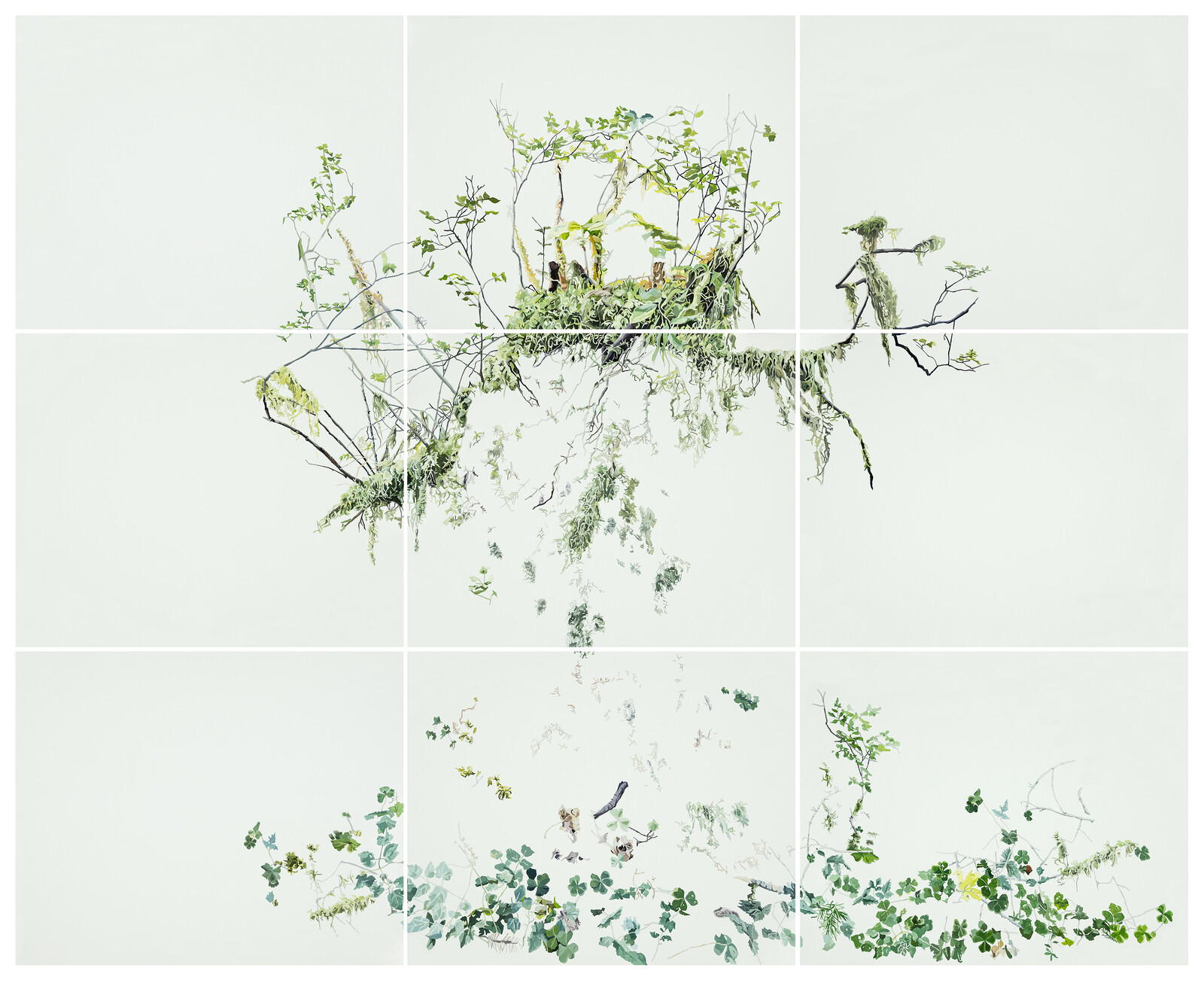
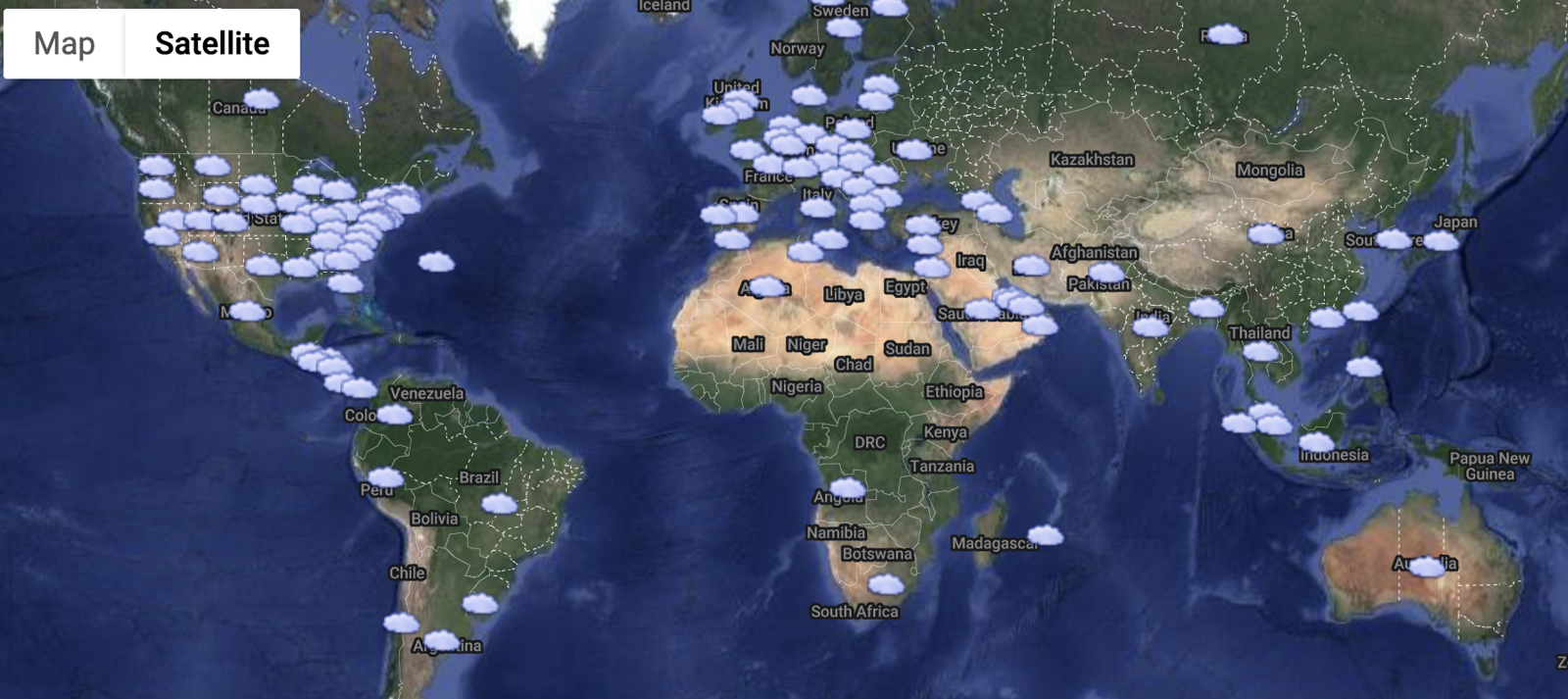

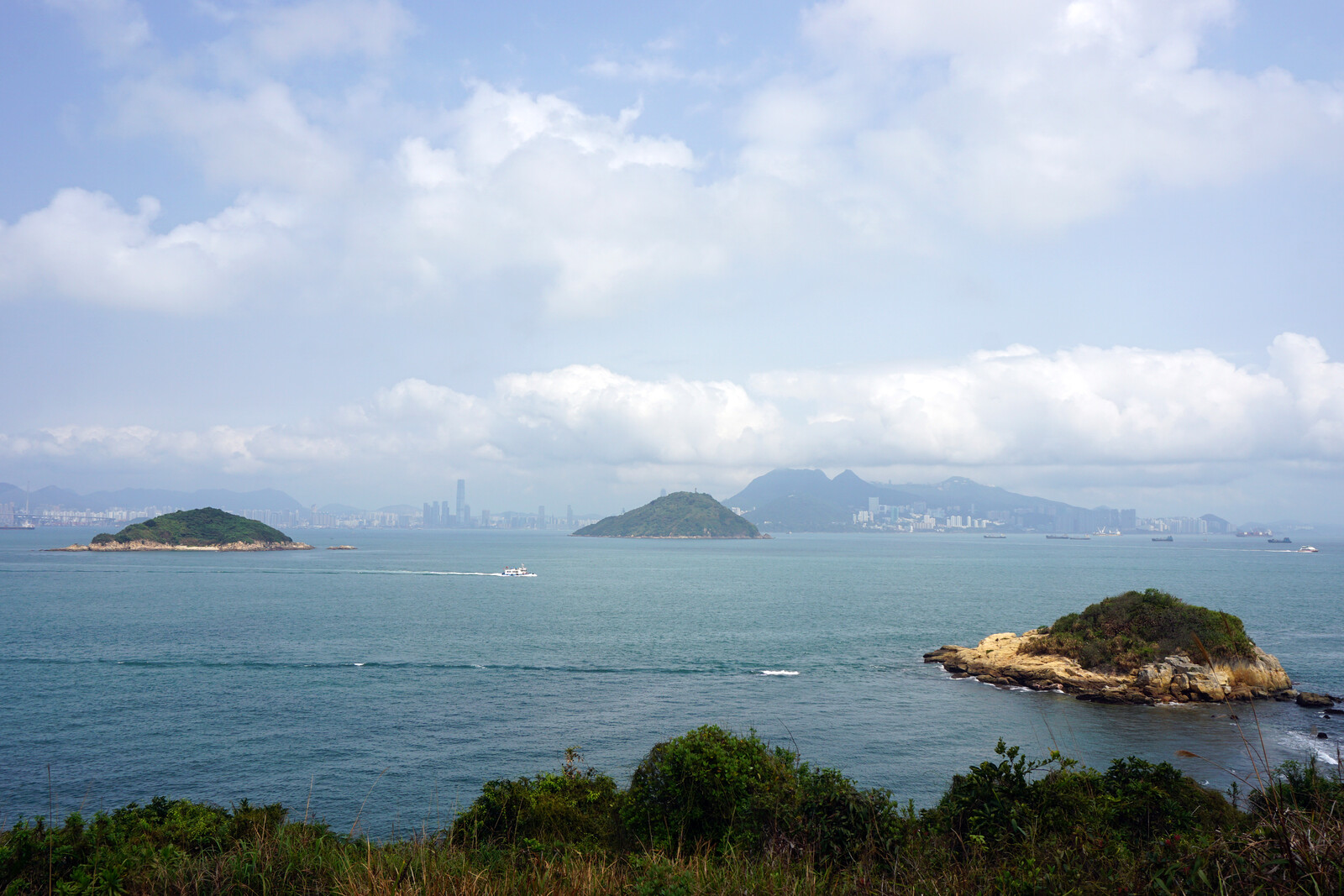
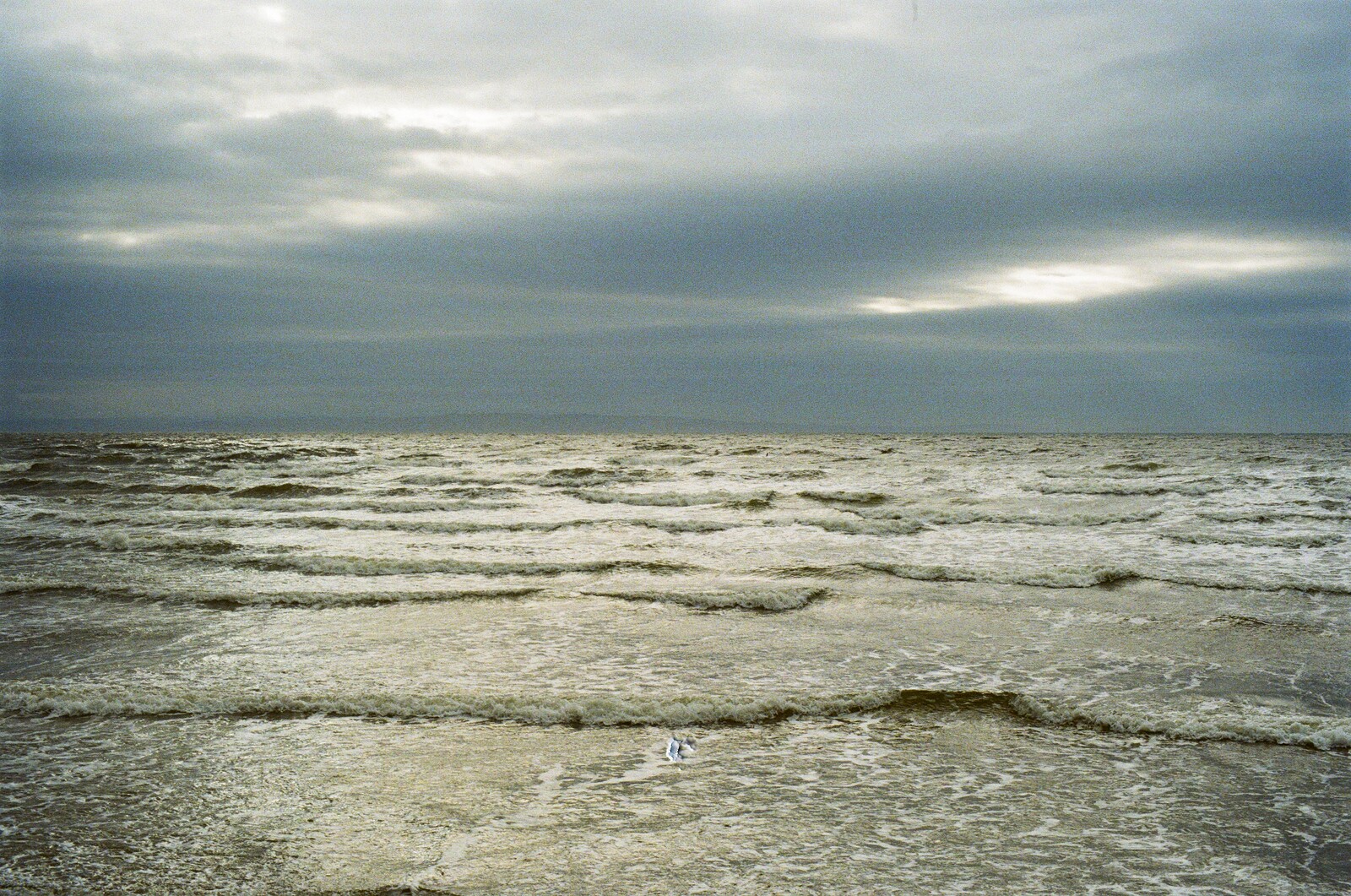
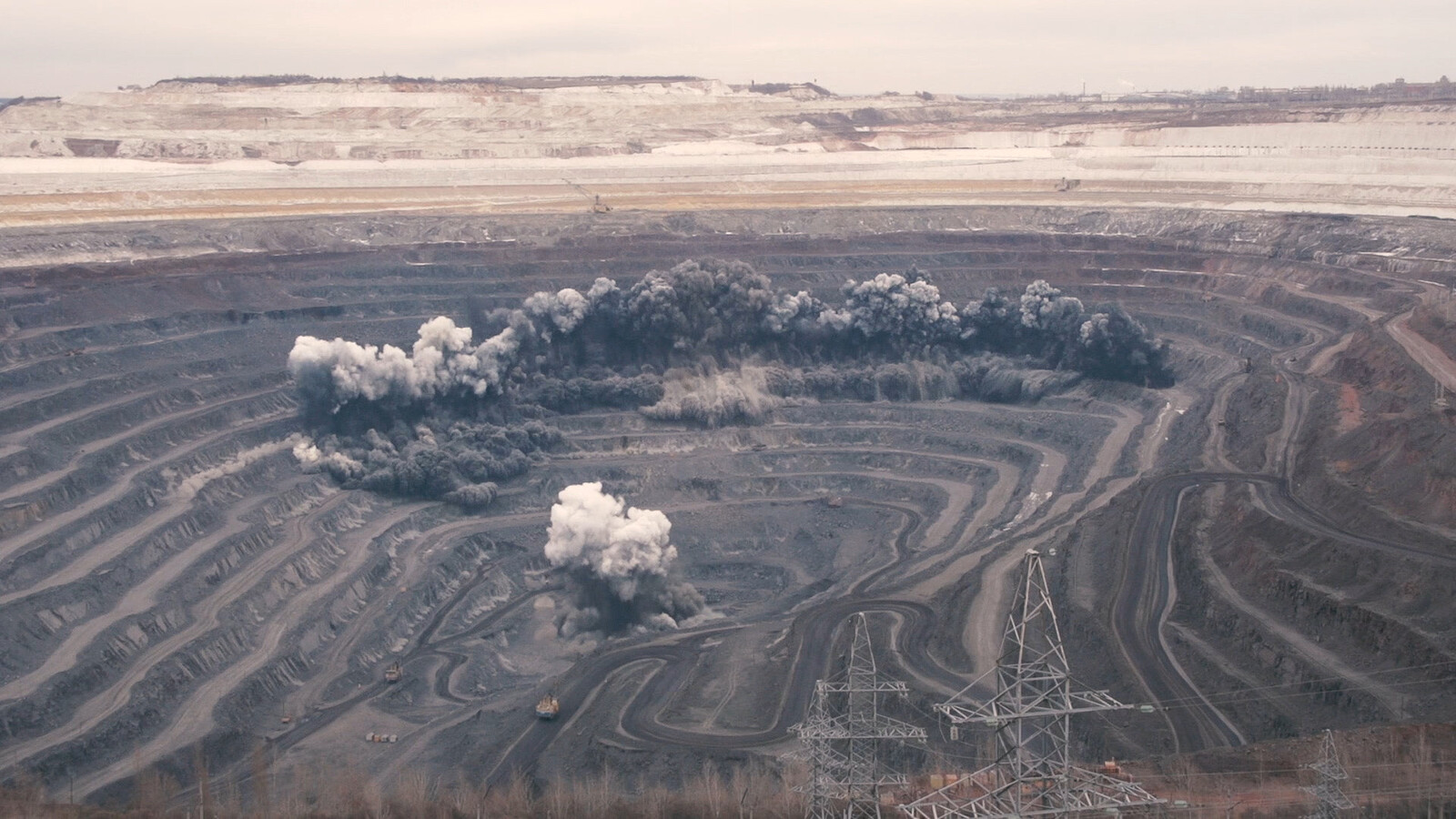
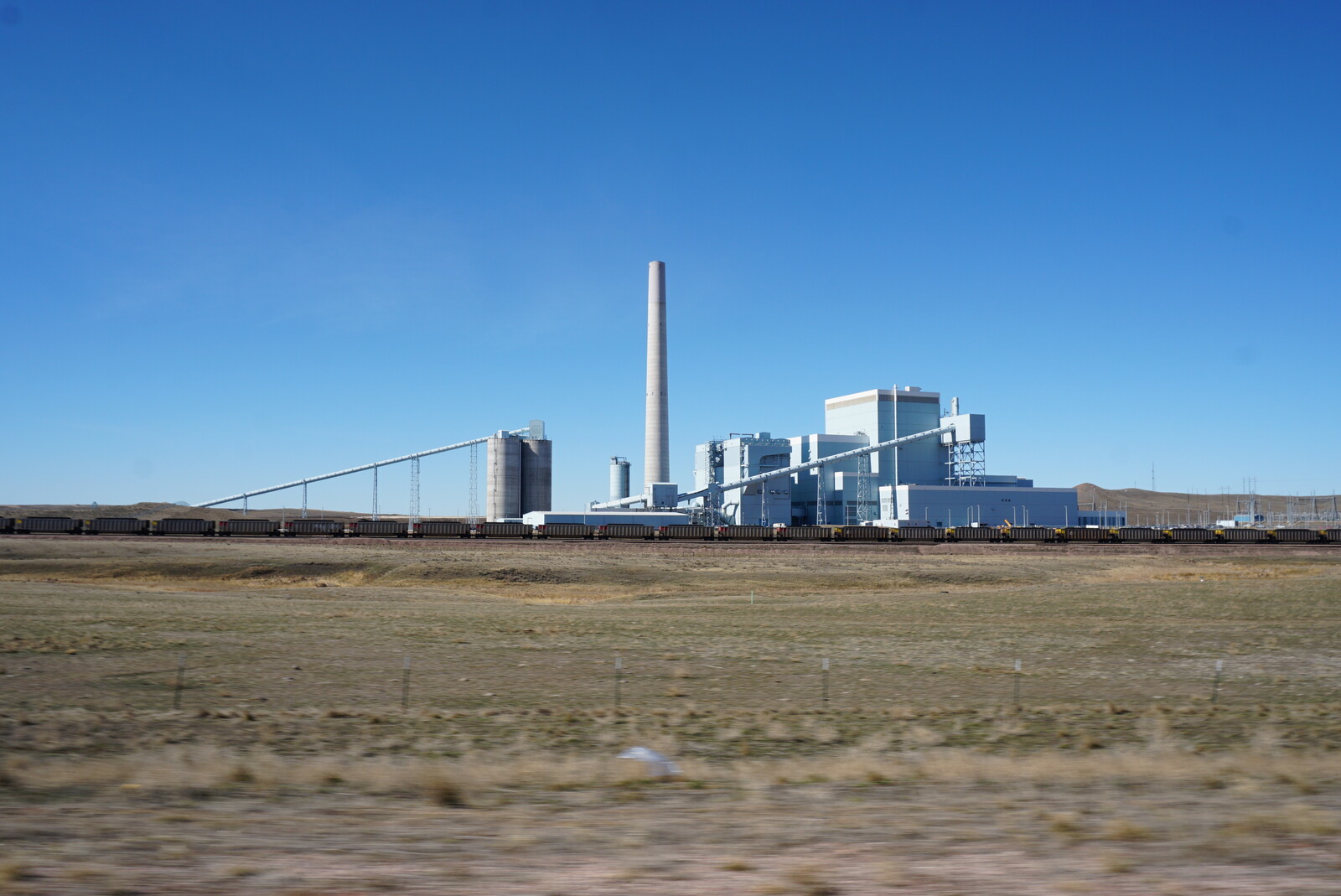

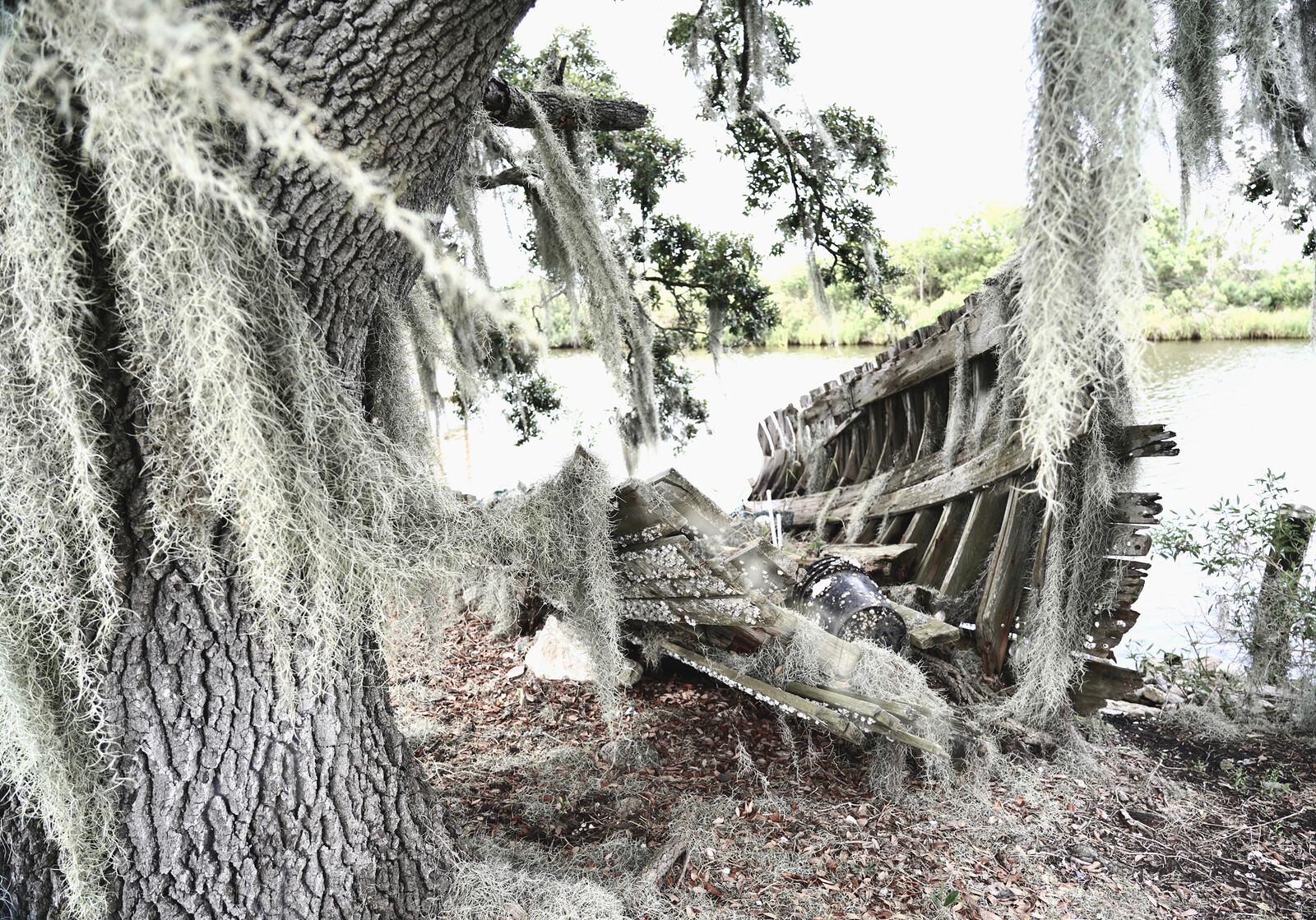
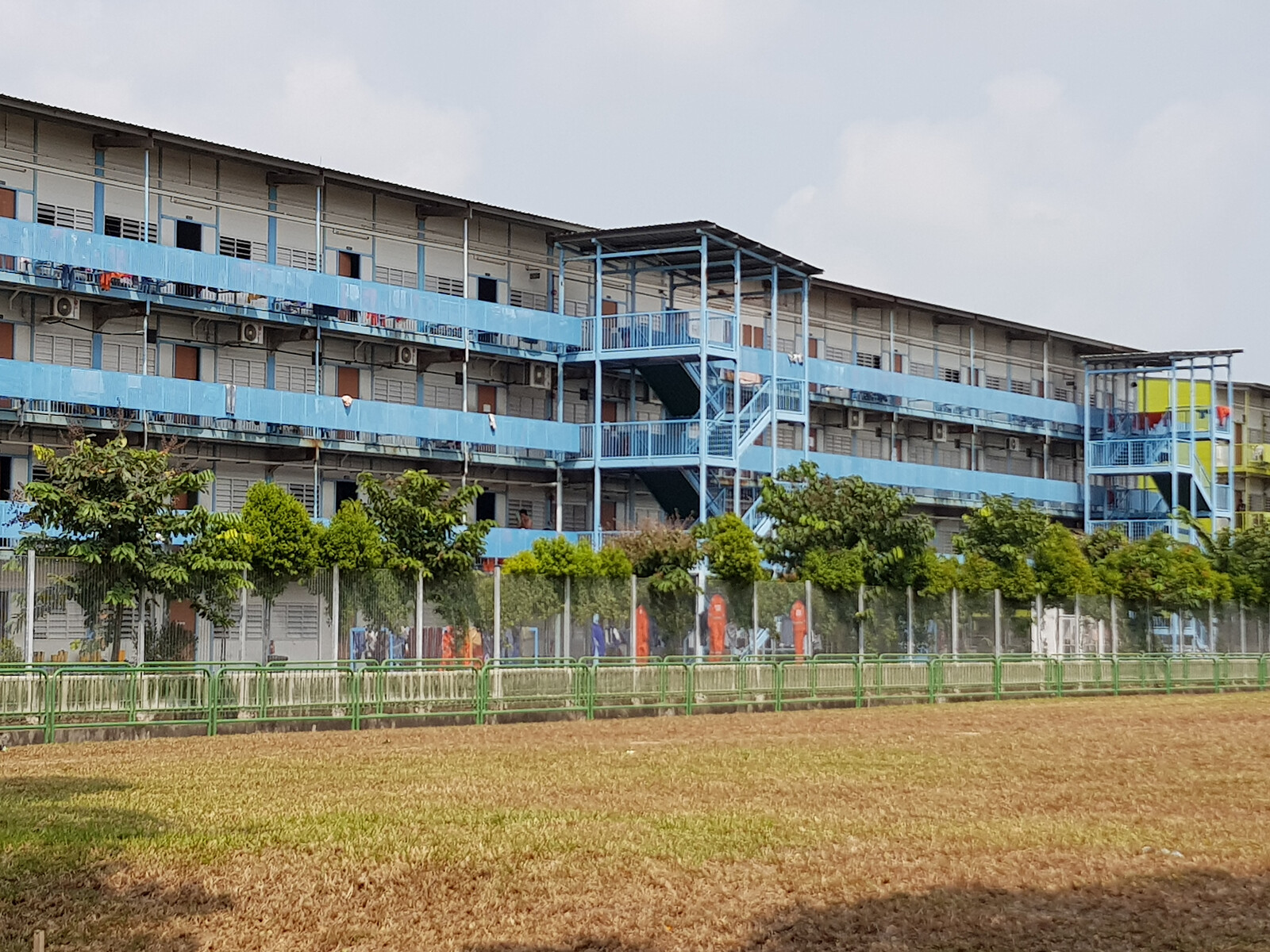

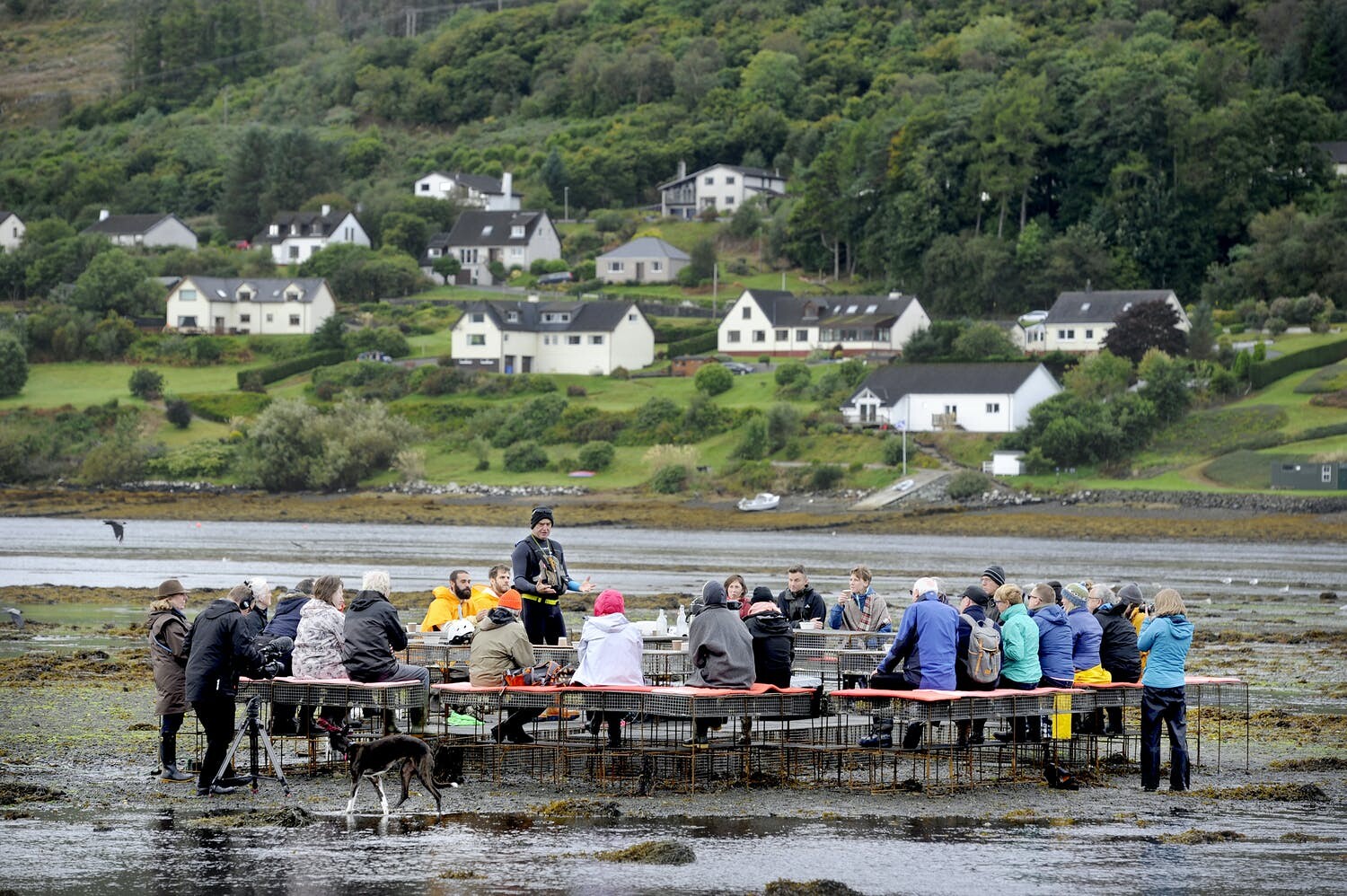

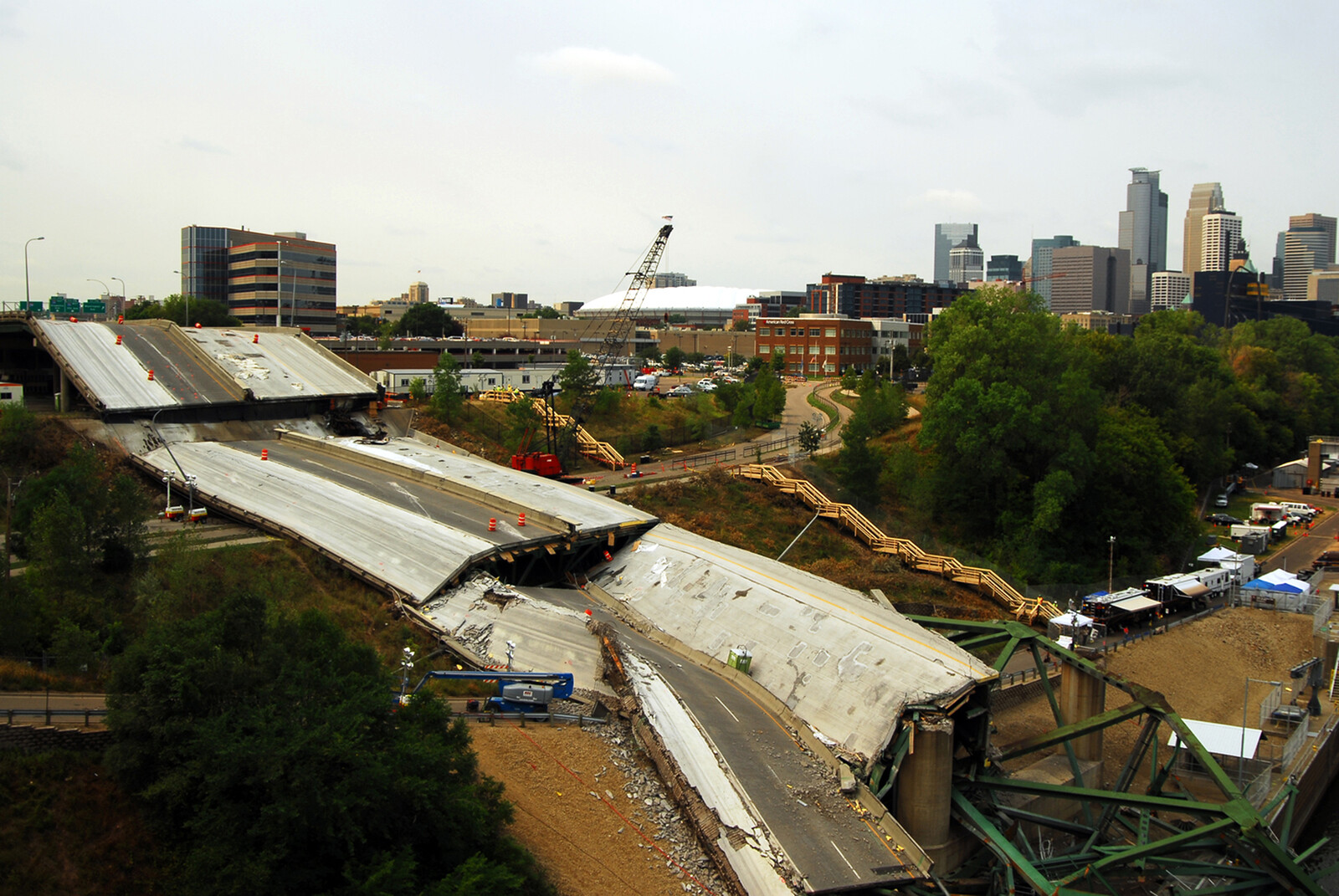



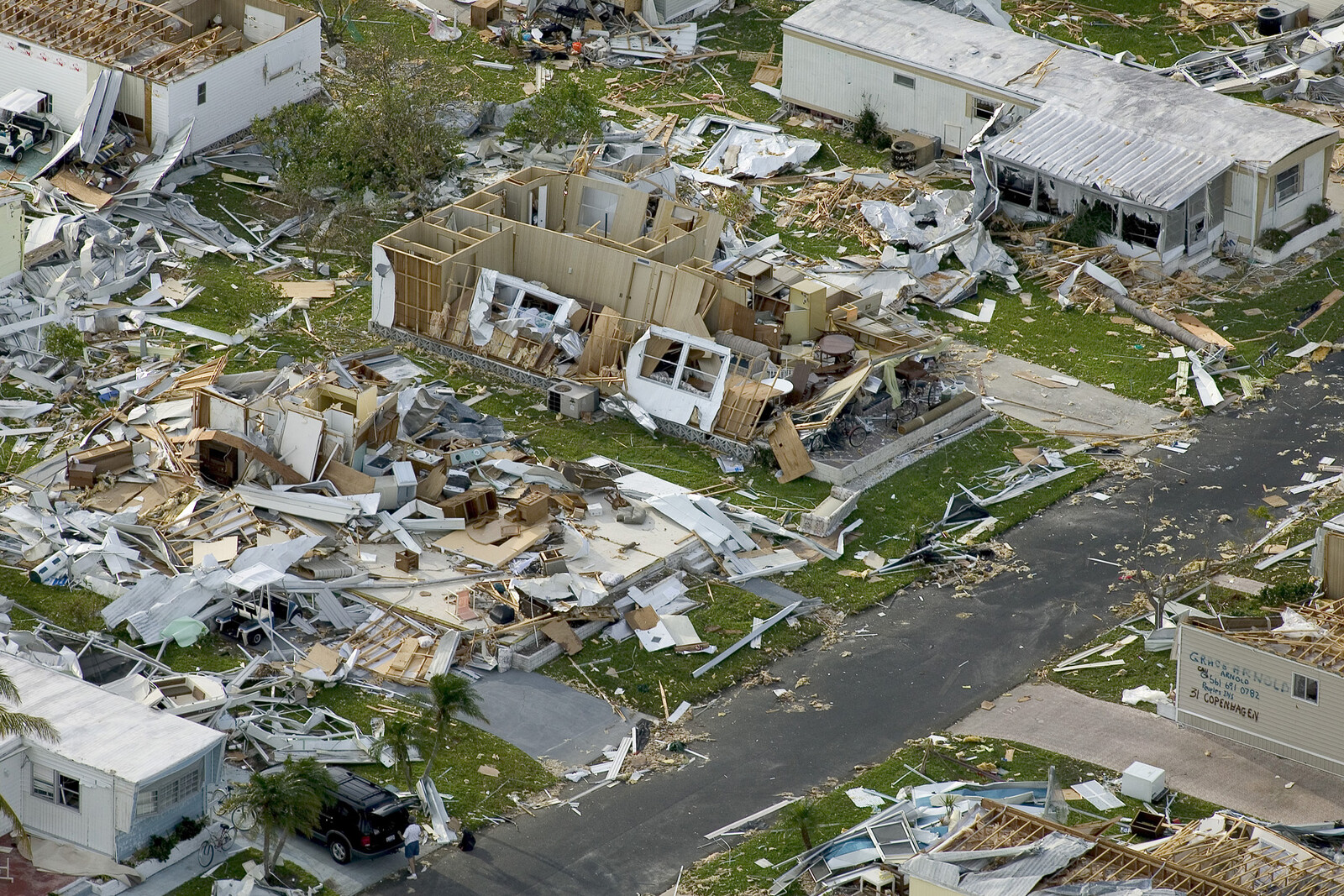


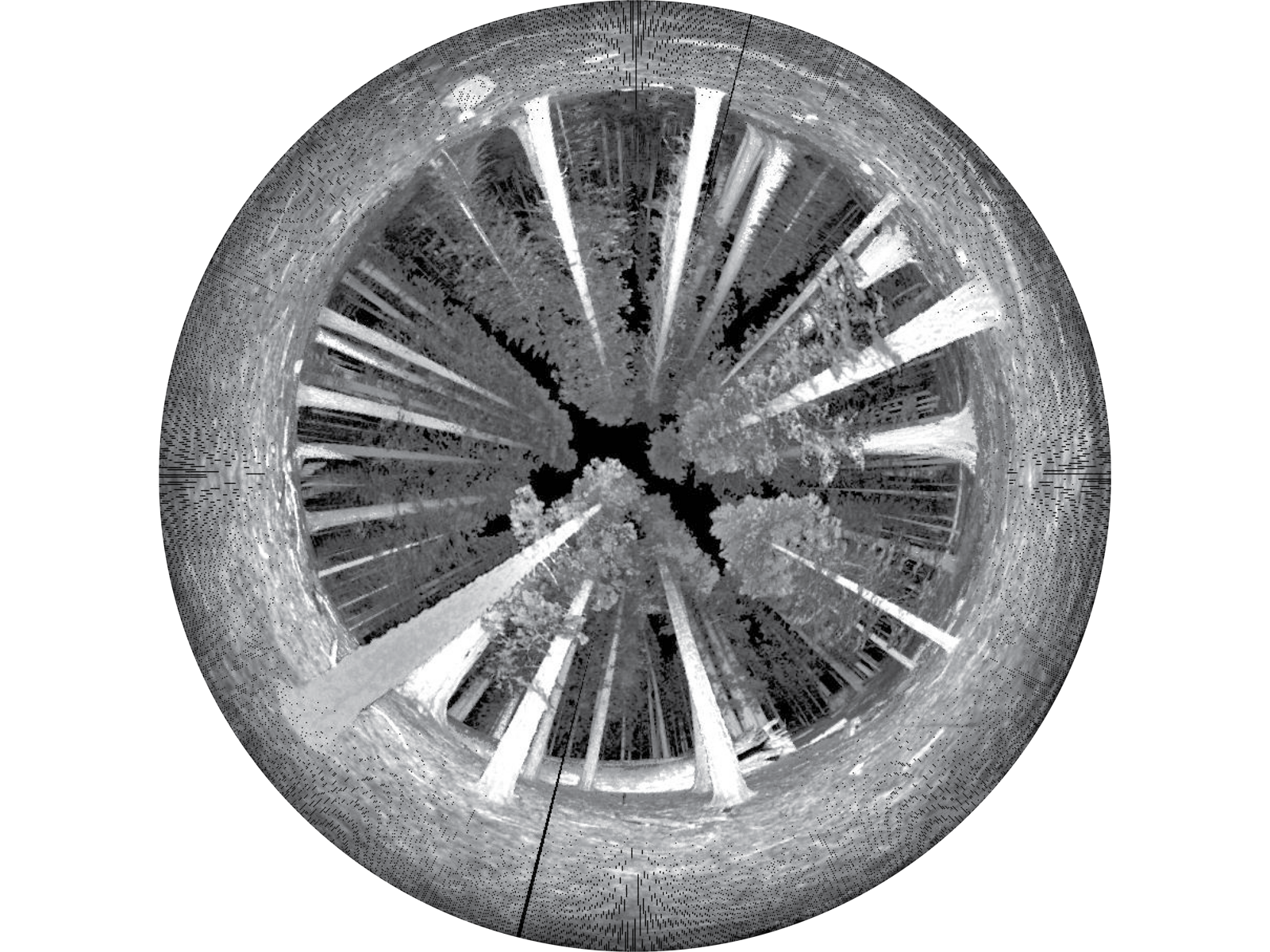

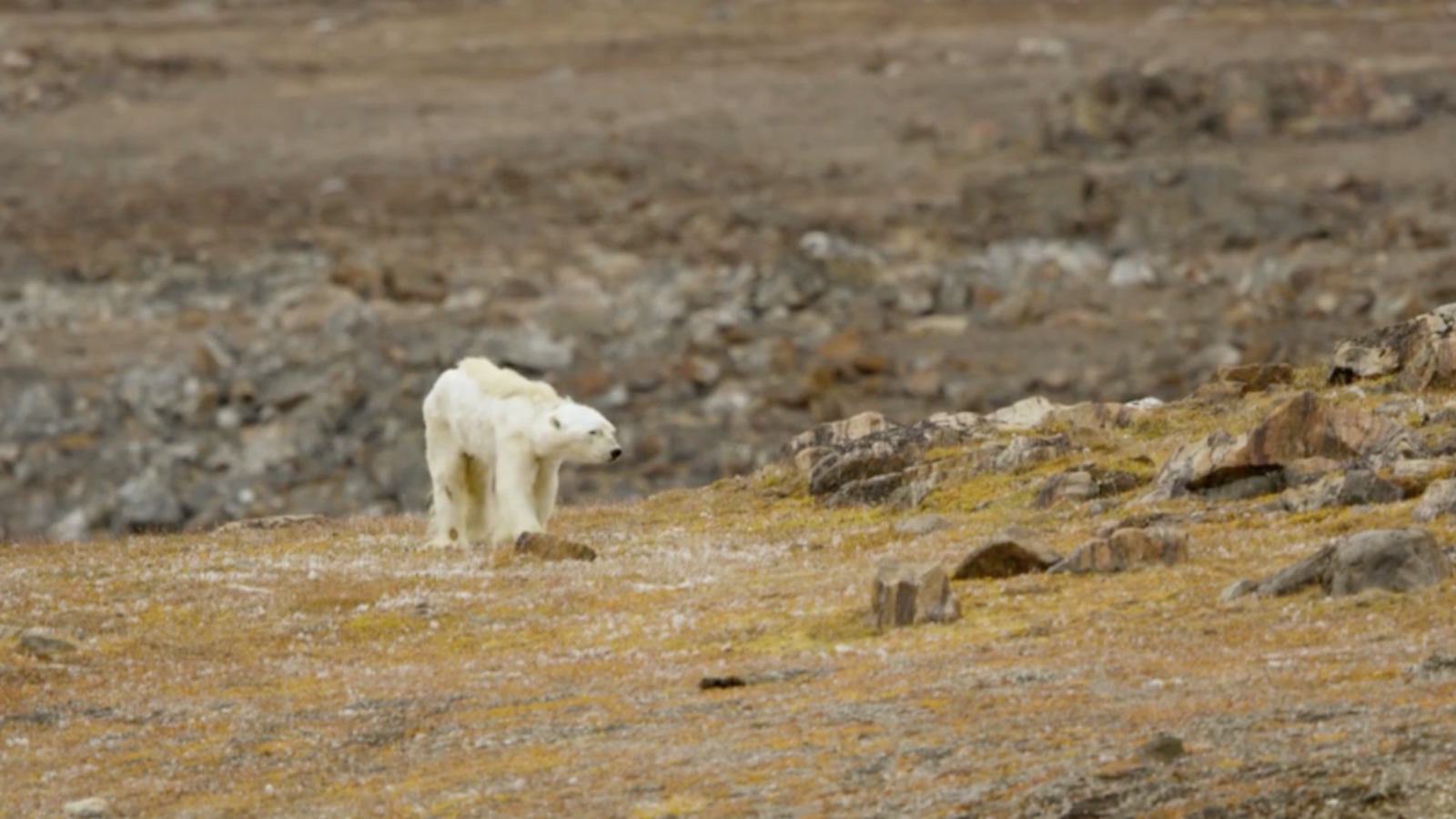
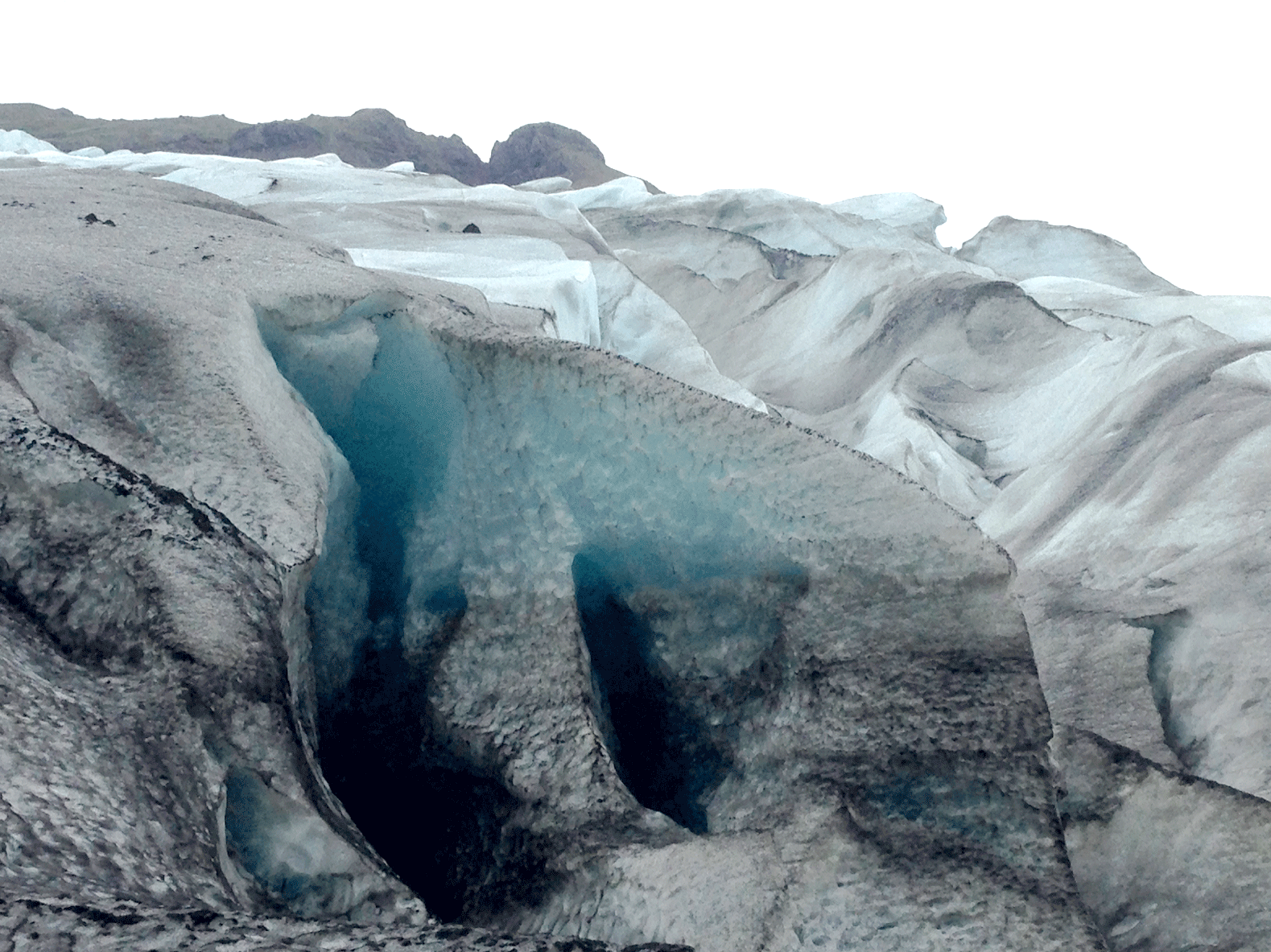

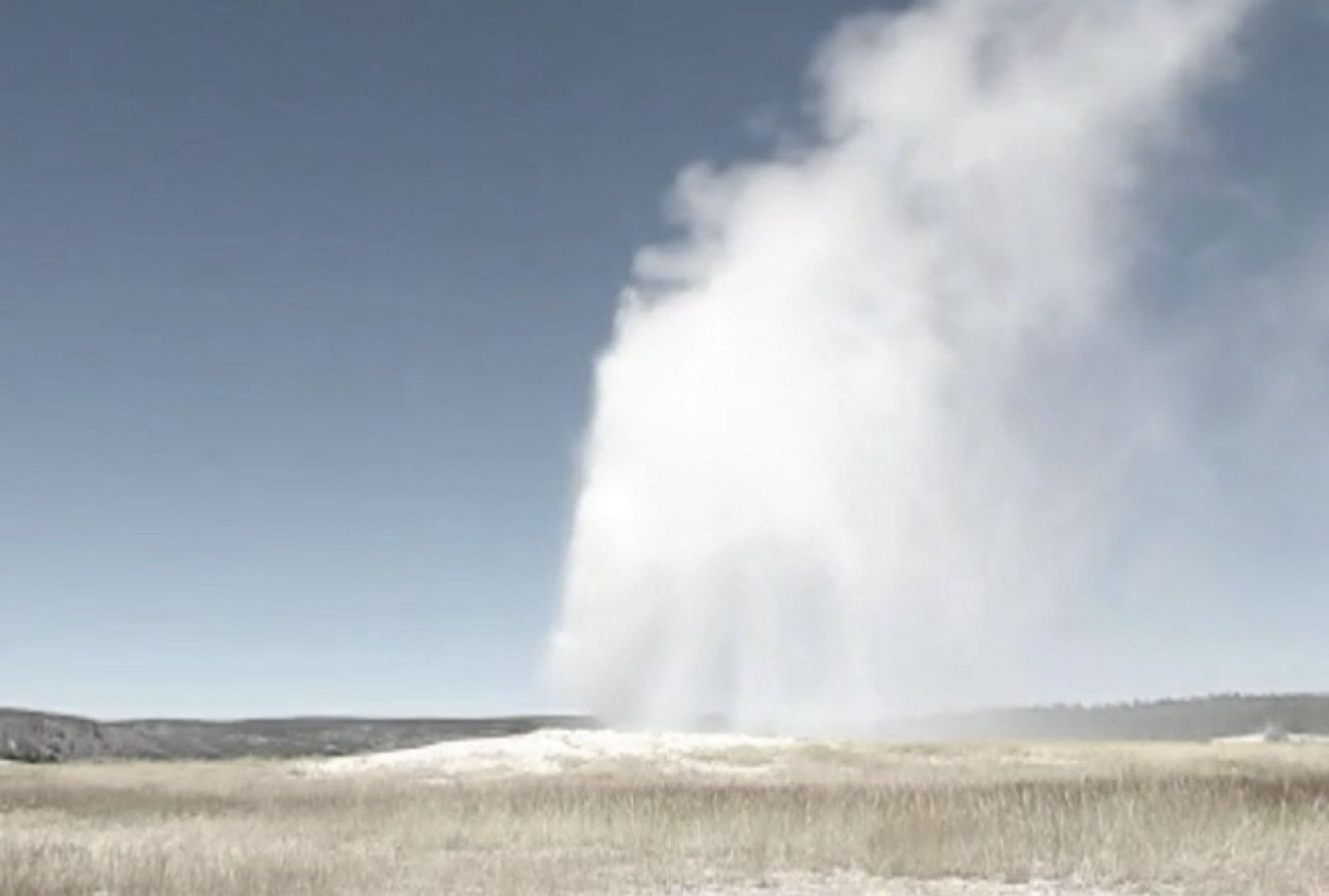

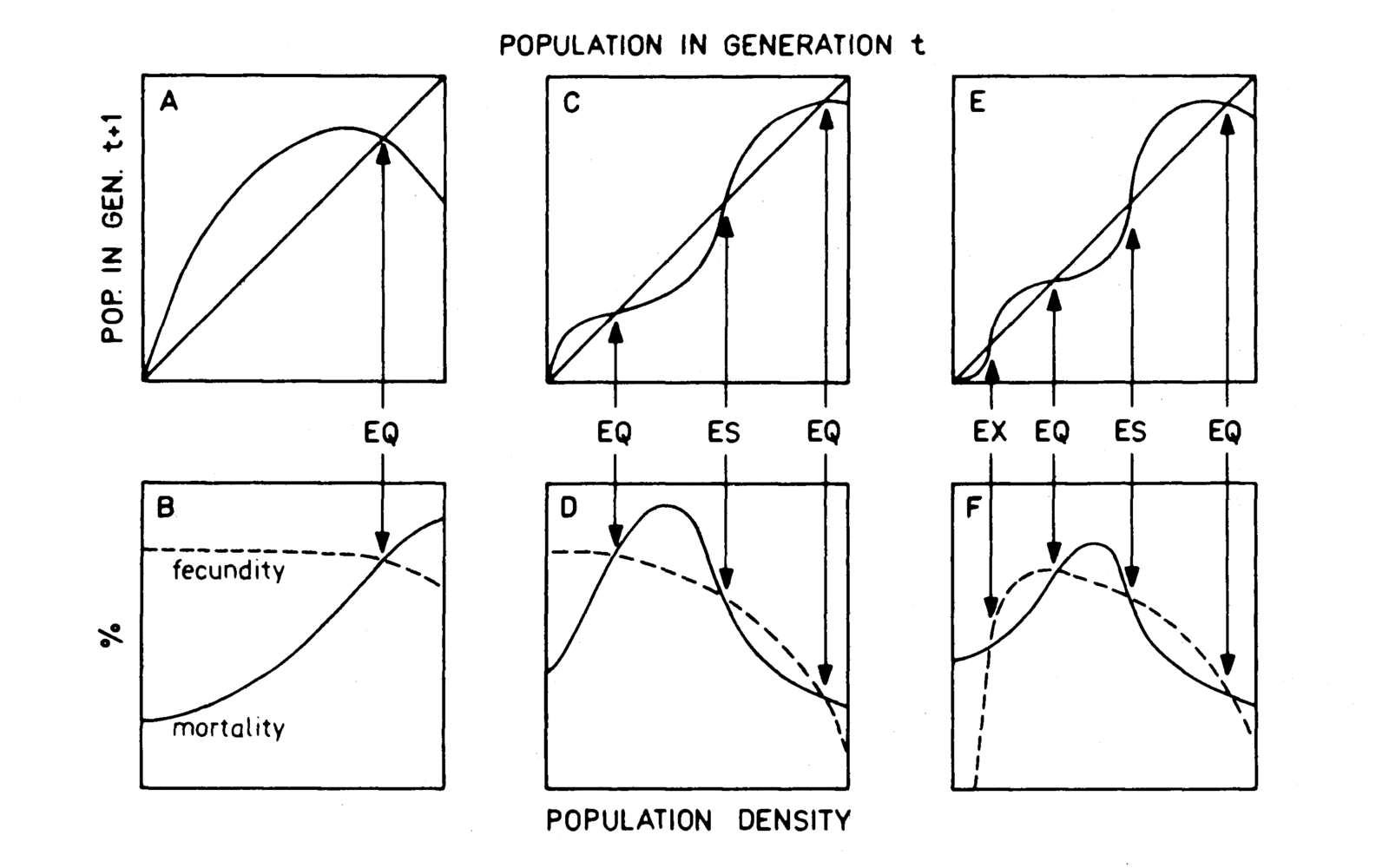
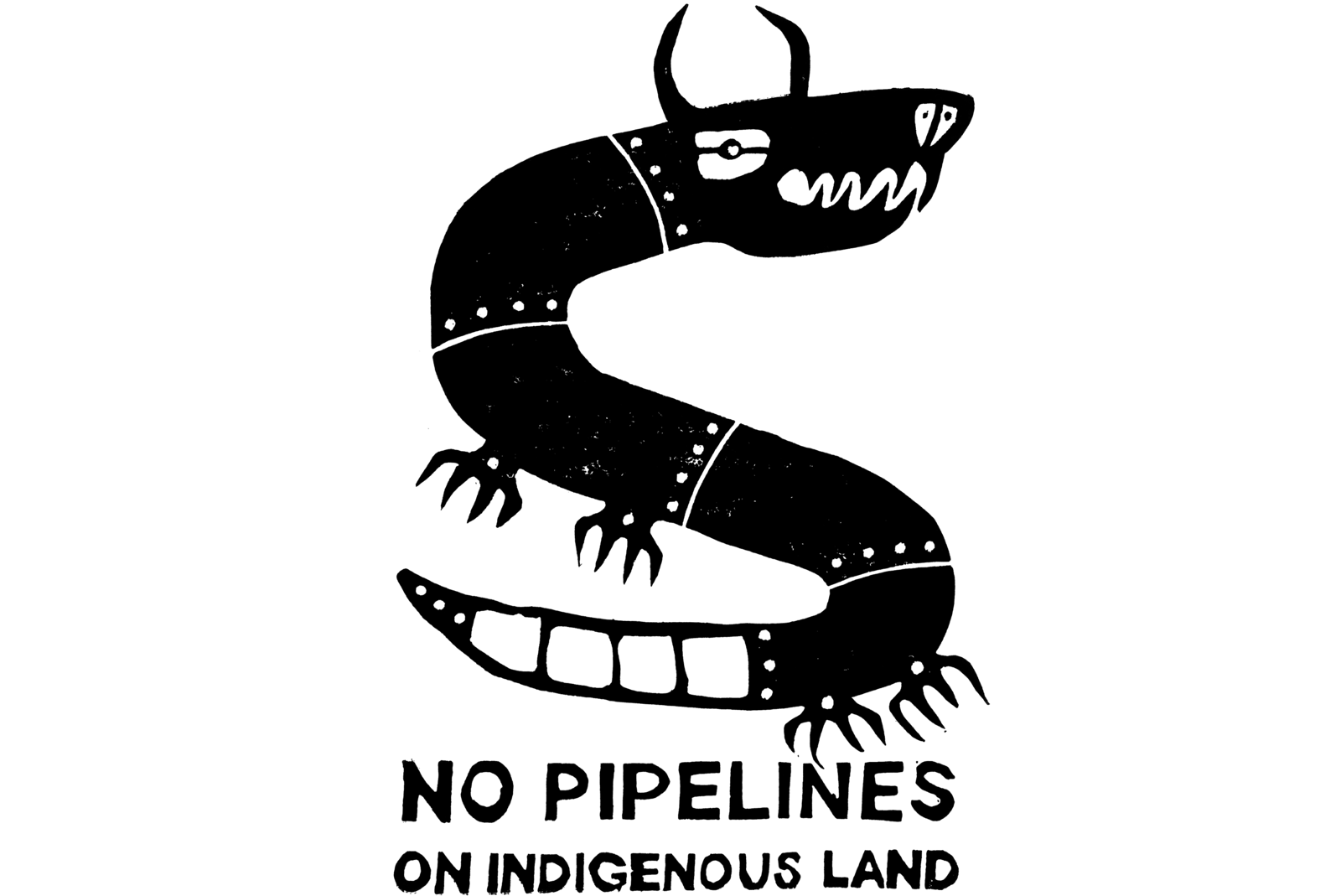
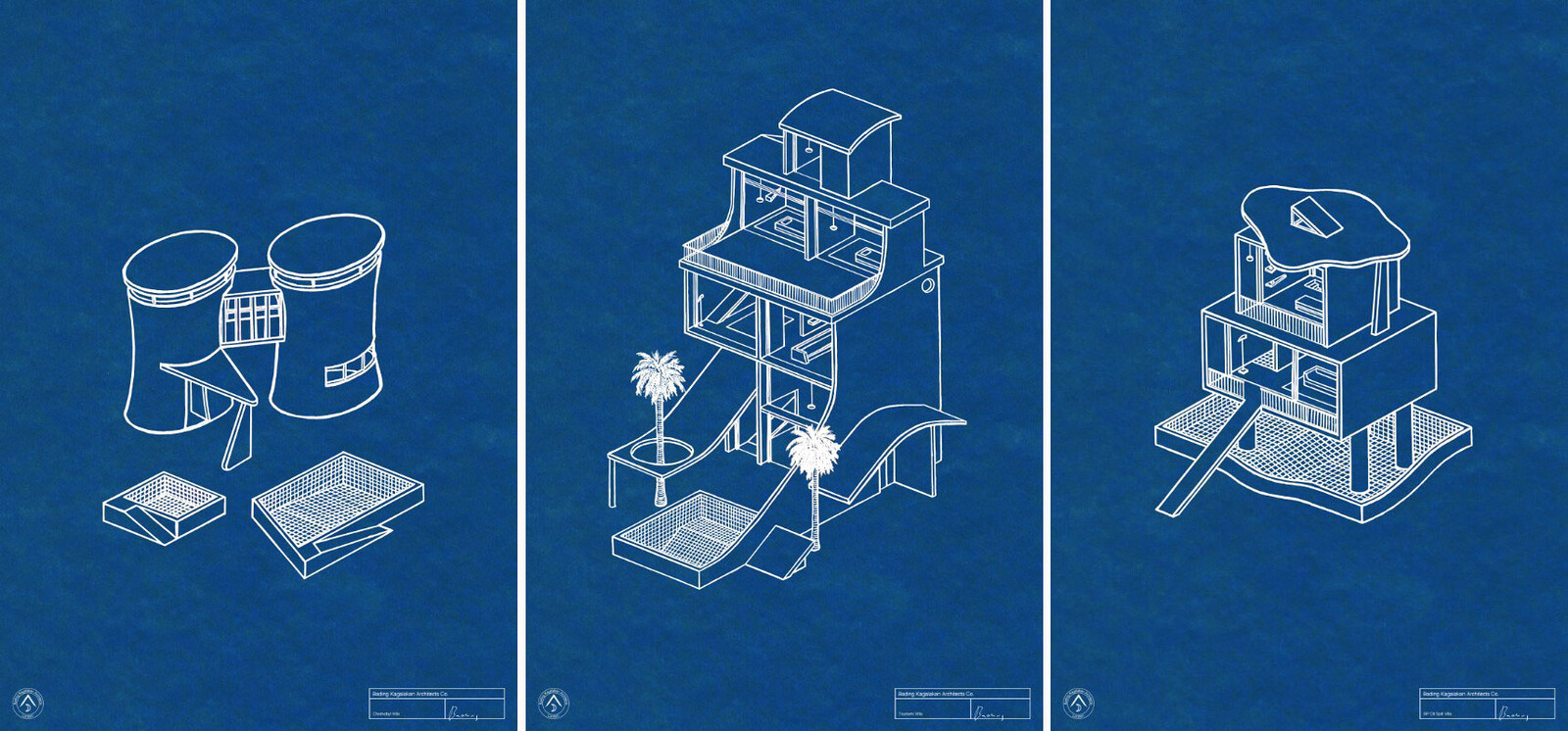
.png,1600)
